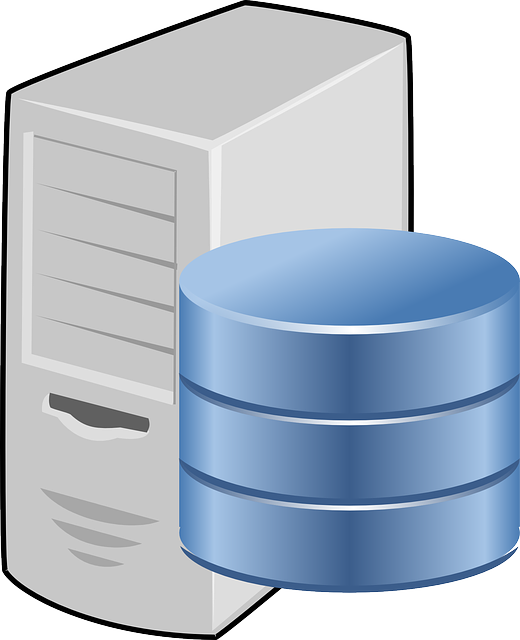What is a database, and what are its components?
A database is an organized collection of structured data that is stored and managed on a computer system. It provides a way to store, retrieve, and manipulate large amounts of data efficiently. A database typically consists of the following components:
Data: The data is the information that is stored in the database. It can be text, numbers, dates, images, or any other form of structured information.
Database Management System (DBMS): The DBMS is the software that manages the database. It provides tools and functionality to create, organize, retrieve, and manipulate data in the database. Examples of popular DBMSs include MySQL, Oracle Database, Microsoft SQL Server, and PostgreSQL.
Tables: Tables are the fundamental components of a database. They are used to organize and store data in a structured manner. Each table consists of rows (records) and columns (fields). Tables define the structure and schema of the data stored in the database.
Fields: Fields, also known as columns, represent specific attributes or properties of the data. Each field has a name and a data type that defines the kind of data it can hold, such as text, numbers, dates, or binary data.
Records: Records, also referred to as rows, are individual entries or instances of data within a table. Each record contains a set of values that correspond to the fields defined in the table.
Primary Key: A primary key is a unique identifier for each record in a table. It ensures that each record can be uniquely identified and serves as a reference for relating records across different tables.
Relationships: Relationships establish connections between tables in a database. They define how records in one table relate to records in another table. Common relationship types include one-to-one, one-to-many, and many-to-many.
Queries: Queries allow users to retrieve, filter, and manipulate data from the database. They provide a way to extract specific information based on defined criteria. Queries can be simple or complex, involving multiple tables and conditions.
Indexes: Indexes are data structures that enhance the performance of data retrieval operations. They are created on specific columns in a table to speed up search and sorting operations.
Security and Access Control: Databases provide mechanisms to ensure the security and integrity of the data. Access control mechanisms restrict who can access the database and define their level of privileges. Encryption and authentication methods are also used to protect sensitive data.
Databases are essential for storing and managing large volumes of data efficiently. They enable organizations to organize, retrieve, and manipulate data in a structured and controlled manner, supporting a wide range of applications and use cases.



